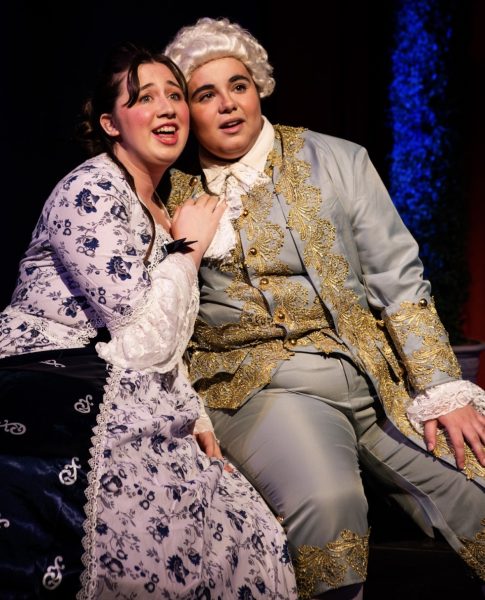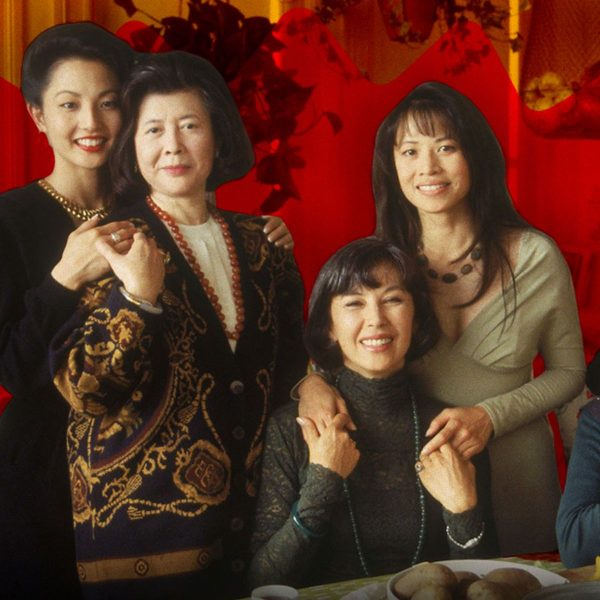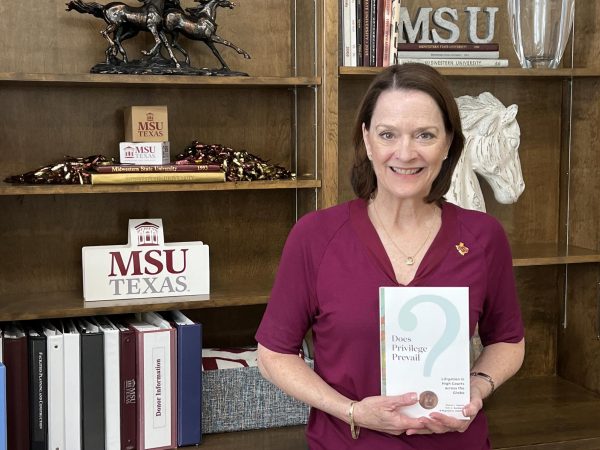Suzanne Shipley’s novel “To Go With the One I Love”
After translating numerous memoirs by women fleeing Nazism, Suzanne Shipley decides to write a historical fiction with a similar premise, 2022. Photo courtesy of Suzanne Shipley.
Former MSU Texas president Suzanne Shipley’s “To Go With the One I Love” is a quick walk through the lives of Shira and Gabi Hayat, Jewish girls in pursuit of their dream lives in the World War II era. The novel is split into four parts, each focusing on a different country. The first 18 chapters make up part one, set in Germany where the Hayat sisters search for life and love. Shipley’s writing style doesn’t give too much information, but, rather, builds vignettes for the reader to interpret. This contributes to the feeling that you are reading Shira’s personal journal. Layers alongside this are many German terms like “Kastanien,” “Kurfürstendamm-Krawall,” “Rathausmarkt,” and others, which implies that these characters may be speaking German, though the book is written in English. This is where Shipley’s education in German shows itself most prominently.
Without spoiling too much, the first part of “To Go With the One I Love,” contains characters delightfully varied in personality, engaging and humorous narration from Shira, and dialogue that, though story-serving, is painfully unrealistic at times.
The story begins during their Summer holiday in Berlin when they encounter the handsome American businessmen Grayson and Michael. Shira, from whom this story’s perspective is told, finds Grayson stoic and a safe choice in comparison to her other suitors, while the younger Gabi immediately begins dating Michael. Shira doesn’t judge, but she is wary about Gabi’s quick decision making. This early character development establishes the two sisters’ personalities as opposite, and their suitors as immediately in sync with both sisters’ quirks. Along the way they meet other characters, each perfectly distinct from each other, my favorite being Joachim Achim, an eccentric poet who is adept in romance, but so bad at poetry that Shira said she, “read Achim’s poems multiple times, very modern, completely indecipherable. [She] hoped he had prepared for additional career options.”
Chapters later when the sisters return to their home in Hamburg, they break the news to their family that they want to move to Berlin for job opportunities. Their mother’s response, “At a time like this? You girls would leave home?” efficiently establishes the fears Jewish families had at this time period. Shipley doesn’t patronize her reader’s by making it painfully obvious why the girls’ mother is worried about what could happen to them while they’re away. This scene transitions without Shira and Gabi receiving a final “yes” or “no” from the parents, but Shira beginning her life in Berlin as a French interpreter for the 1936 Berlin Olympics in the next chapter answers any doubts the reader may have had. During these more serious moments, the dialogue carries weight, and I found myself invested in the outcome enough to keep reading feverishly.
There are some batches of dialogue which take you out of the scene, however, because of how unnatural they sound. A conversation between Shira and Grayson leads to Shira asking whether Michael is good for Gabi. Grayson proceeds to explain Michael’s entire life story, he said, “I was lucky to meet him. Du Cros is a French Huguenot name, the family Catholic to the Core. They raised Mike too strictly, and he rebelled, knew his own mind even then.” This quote goes on for longer, and I couldn’t help but feel that these over explanations in narrative cadence could have been better shown, not told. Thankfully, Shipley’s writing is otherwise strong and engaging, so I am willing to overlook these awkward quotes to finish the rest of the book.
Overall the first part of “To Go With the One I Love” is quick, witty, and layered with cultural references. The reader isn’t left behind, but isn’t treated like a child. This cold open to Shipley’s work leaves the reader excited to turn the next page, while also providing a sense that the characters are relatable even if they are set in a world that may feel a bit far from our own.
4/5


Hello there! I’m Abigail Jones, your business manager. I’m a mass communication junior with a focus in public relations and advertising. I have a french...

Heya! My name starts with Bridget and ends in Reilly. I moved to Wichita Falls five years ago from New South Wales, Australia. In December 2020 I will...

















